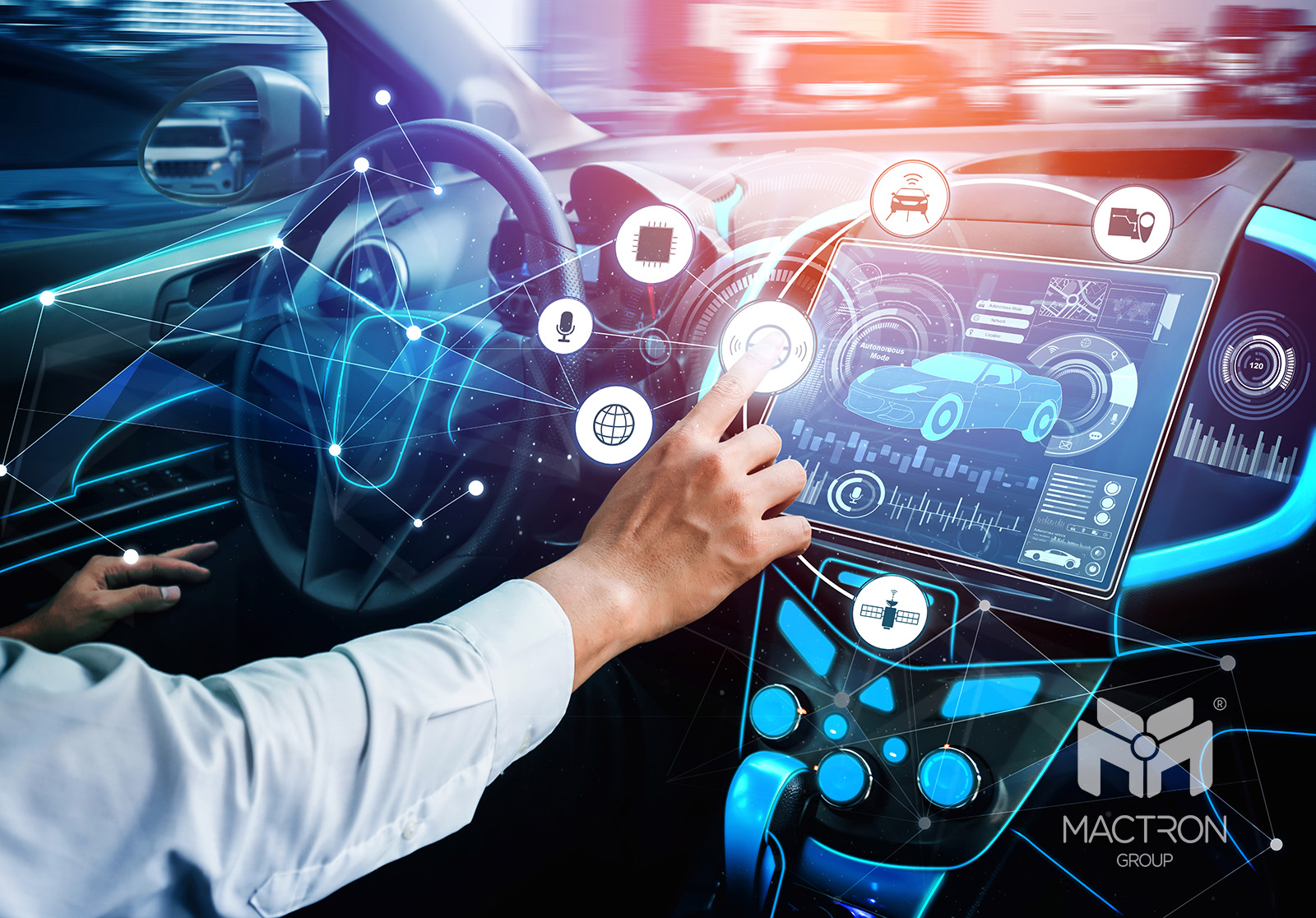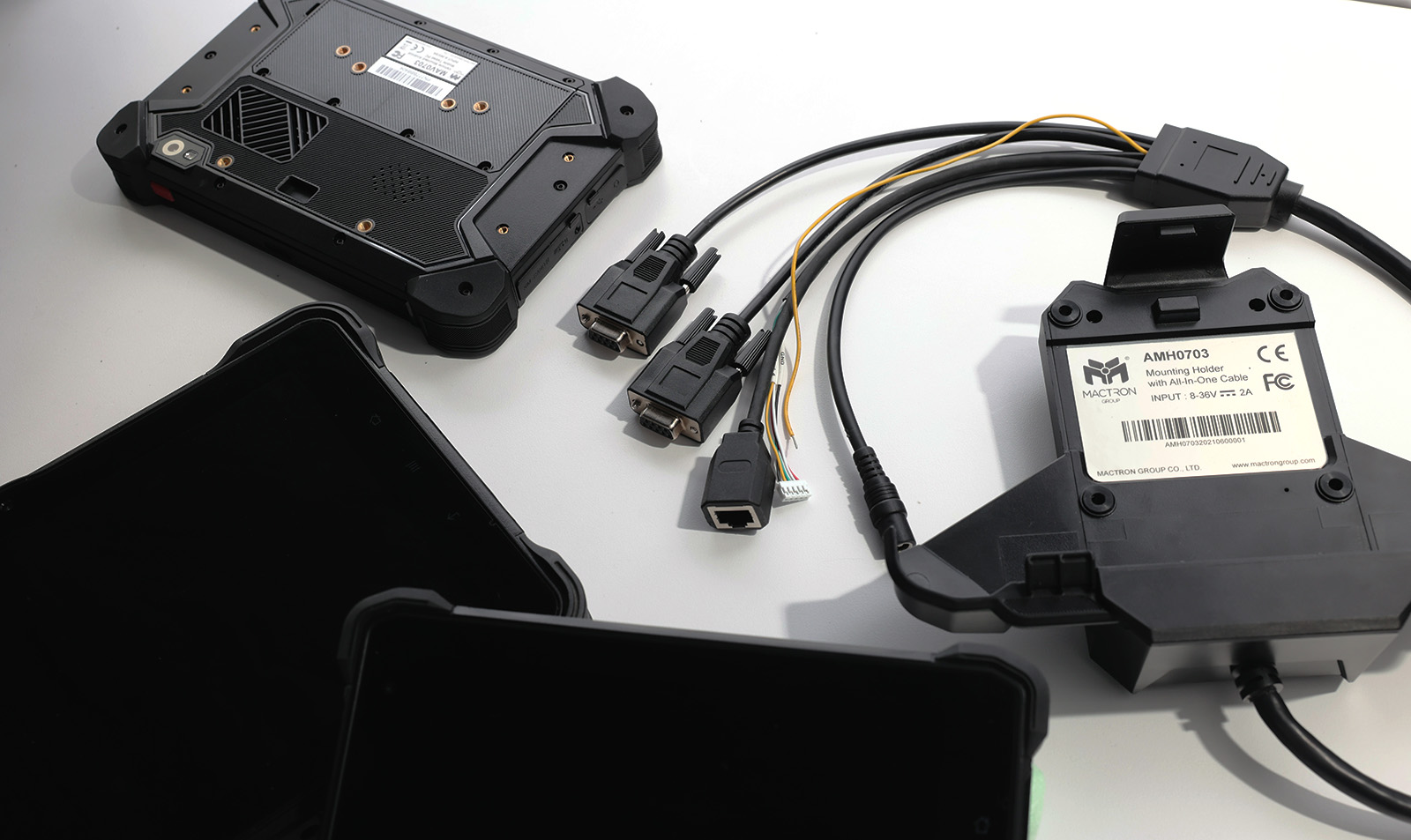CAN (Controller Area Network) is a serial communication protocol used for communication between vehicles and other devices. It is a highly reliable, fast and energy-efficient communication protocol that has become standard in modern vehicles. With the development of cloud computing, IoT and autonomous driving, the impact of CAN bus is increasing. Now let's take a look at the system.
What is CAN bus?

In fact, our car is like a human body, and the CAN bus is like a nervous system, making communication possible. The "node" and "Electronic Control Unit" (ECU) are like parts of the body, connected to each other through the CAN bus.
In an automotive CAN bus system, ECUs can be the engine control unit, airbag, audio system and other functions. A modern car may have as many as 70-80 ECUs - each of them may have information that needs to be shared with other parts of the network.
In an automotive CAN bus system, ECUs can be the engine control unit, airbag, audio system and other functions. A modern car may have as many as 70-80 ECUs - each of them may have information that needs to be shared with other parts of the network.
How the CAN bus Works?

The CAN bus usually consists of two differential lines. One is CAN high and the other is CAN low. The two wires transfer data in a balanced manner to reduce noise and interference, and use a polling method to determine priority in the network. When multiple devices try to transmit data at the same time, CAN bus will assign the priority of data transmission to the most important data to ensure its priority transmission.
The Rise of CAN FD

As the functionality of the vehicle expands, so does the functionality of the CAN bus. In response to this, CAN FD is designed as the "next generation" CAN bus.
In general, CAN FD has three advantages (vs CAN 2.0):
In general, CAN FD has three advantages (vs CAN 2.0):
- It enables data rates up to 8 Mbit/s (vs 1 Mbit/s)
- It allows data payloads of up to 64 bytes (vs 8 bytes)
- It enables improved security via authentication
The Future of CAN bus

With the continuous advancement of technology, the development of CAN bus will inevitably be affected by major trends.
This includes increasingly advanced functional requirements, the rise of cloud computing, the combination of the IoT with smart cars and autonomous driving, etc., especially the rise of V2X and cloud computing, which has led to the rapid growth of automobile development.
This includes increasingly advanced functional requirements, the rise of cloud computing, the combination of the IoT with smart cars and autonomous driving, etc., especially the rise of V2X and cloud computing, which has led to the rapid growth of automobile development.

Check out MACTRON GROUP(MTG)’s new MAV Series. Our Vehicle Mounted Mobile Tablet PC perfectly supports CAN bus 2.0, and with All-In-One Cable design. If your demand for can bus is in the automotive industry, then our MAV series will never let you down.
